Conservation
Nightfall on the Front Range: The Silent Hunters Among Us
Discover how vital research is helping protect Colorado’s rich diversity of owl species—and ensuring their haunting calls continue to echo through the night.
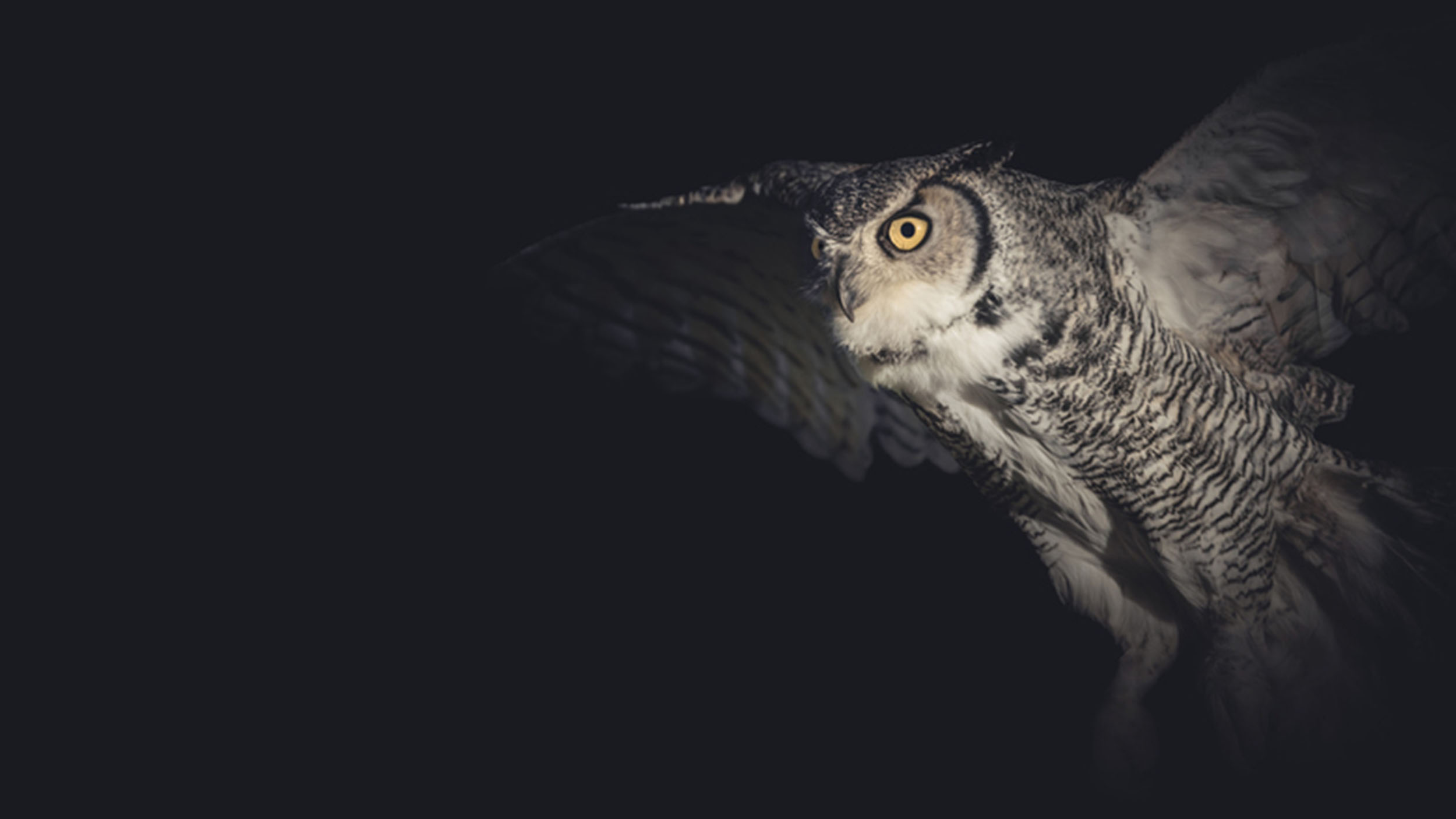
Imagine you're a vole making its nocturnal gambit to find food along Colorado's Front Range. The fall night is bright, clear and cold. Wind whispers through the Eastern and Long-leaf Cottonwoods. As a vole, your ears, nose and enhanced night vision are critically attuned to detecting predators.
On this particular evening, you discover none. That is, until a Great Horned Owl discovers you. Its massive pair of talons, each capable of expressing 500 pounds per square inch (equal to the bite of an African Hyena) grabs the vole, quickly extinguishing its life. Within seconds, the vole's compressed body is in the Great Horned Owl's mouth. Protein and fat from the prey's body will nourish the raptor, while it will regurgitate indigestible bone, fur (and feathers) as "pellets" - gray, elongated fuzzy footballs containing a coroner’s report of the Great Horned Owl's diet.
Welcome to night life - and death - along the Front Range.
Our slice of Colorado is home to six of our states' 13 Owl species: the Great Horned Owl, Northern Pygmy Owl, Saw-wet Owl, Burrowing Owl, Flammulated Owl and Western Screech Owl. And while they may seemingly differ greatly in size, shape and habitat, all Owls have common traits that make them supremely apex predators.
Silence is Golden
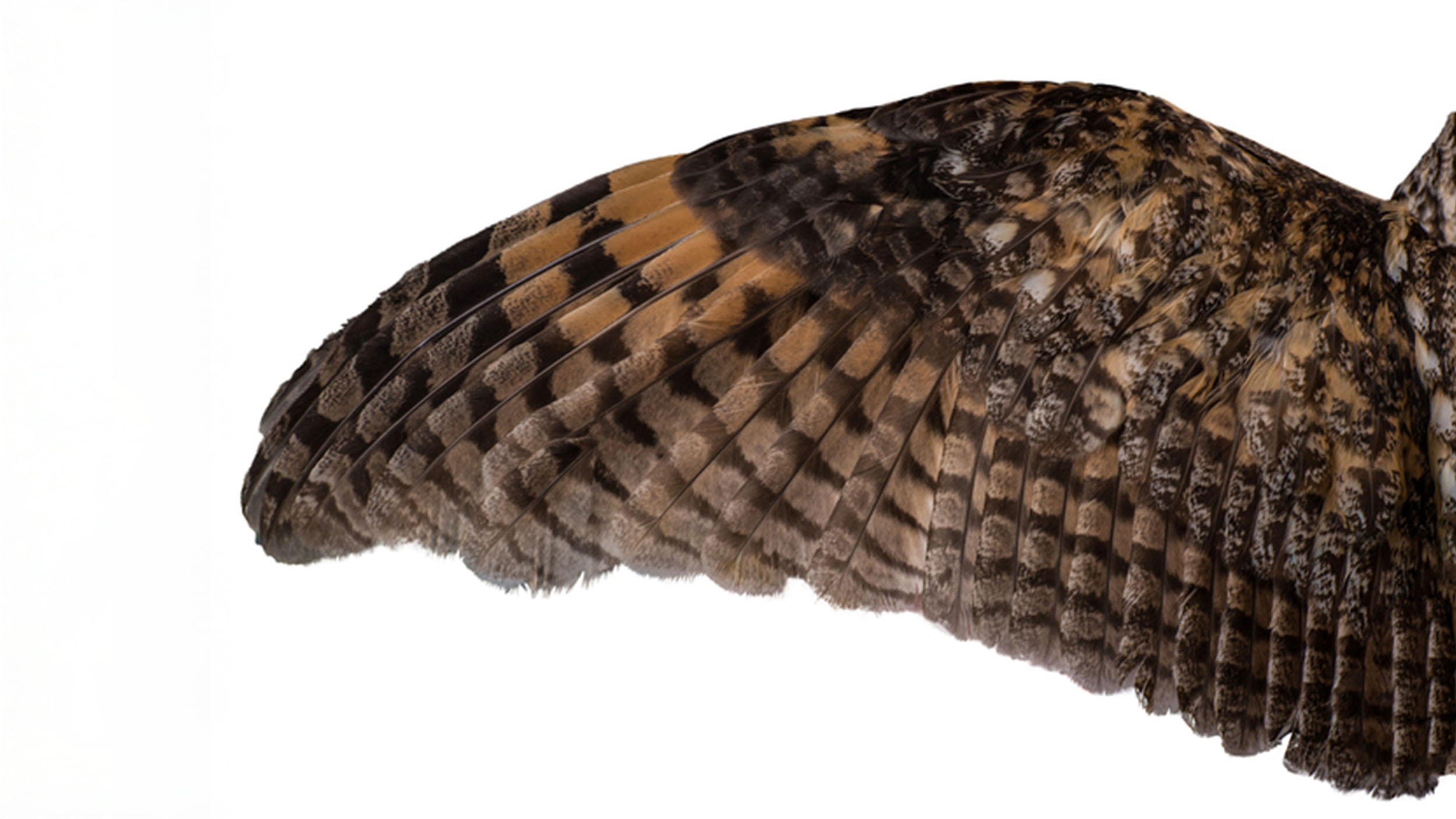
As a child, you probably grabbed a tree branch marveled at the sound as it sliced through the air. Do a similar action with an Owl wing and you'll hear...nothing. You see, evolution has blessed Owls with feathers built for absolute silence. A small saw-toothed pattern along their wings' leading (front) edges eliminates wind turbulence that creates sound. To ensure absolute stealth, a similar pattern along the trailing (back) portion of Owls' wings, quashes any remaining atmospheric roils - and the sounds they create. The net result is a predator that emits no tell-tale signs of approach to its prey, until they're dinner!
Hear, hear!
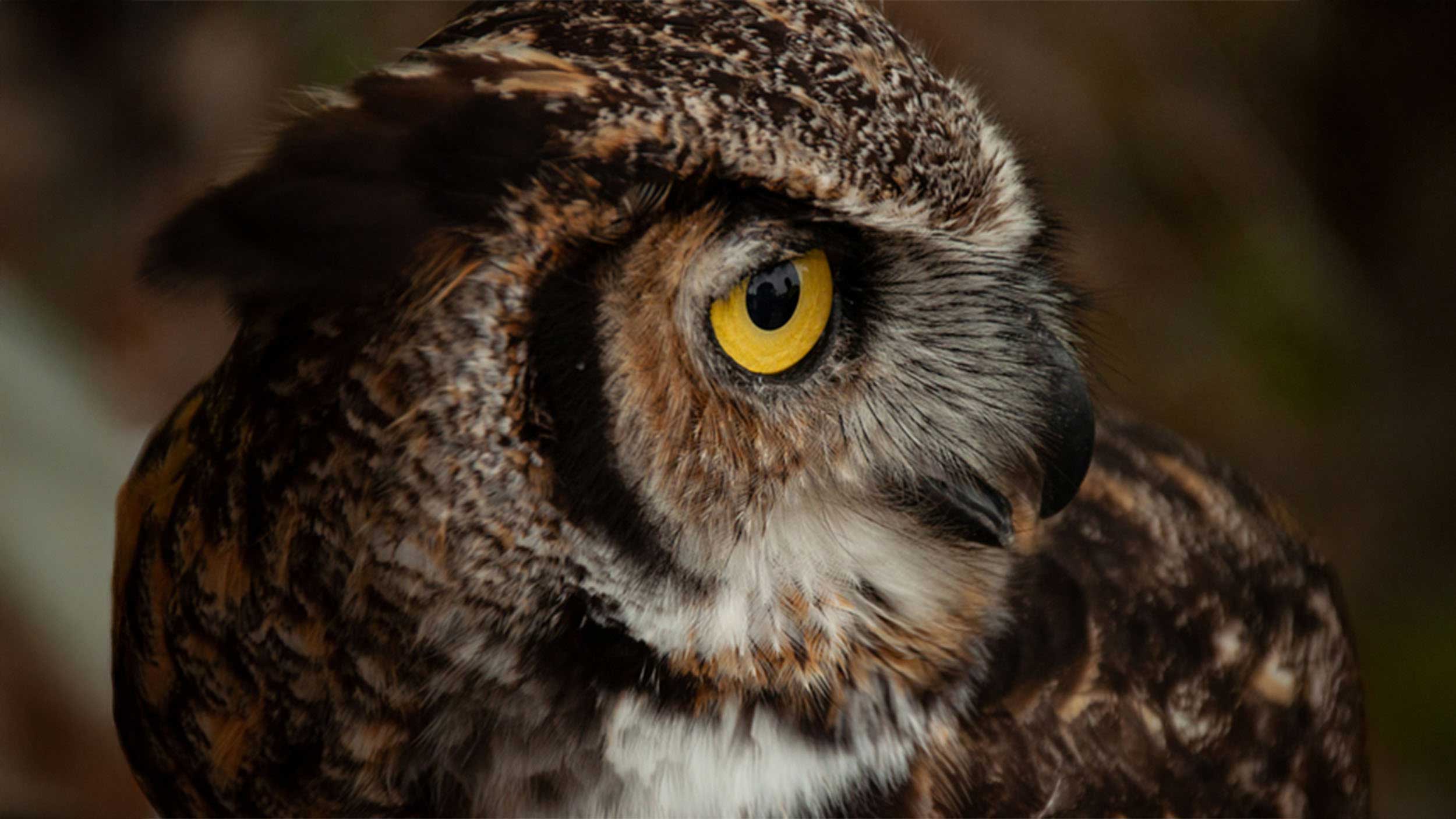
Have you ever looked at an Owl and noticed its concave facial disk? It appears similar to a satellite or parabolic sound dish. That's not a coincidence. You see, Owls' ears are offset, with one positioned slightly differently than the other. Their facial disks collect sound and quicky shunt it to those offset ears. Since sound hits one auditory receptor slightly before the other, Owls are able to triangulate the location of their prey. How accurate is this acoustic radar? Great-horned Owls can not only pinpoint prey such as voles and mice beneath 18-inches of snow - but capture them, too.
The eyes have it.
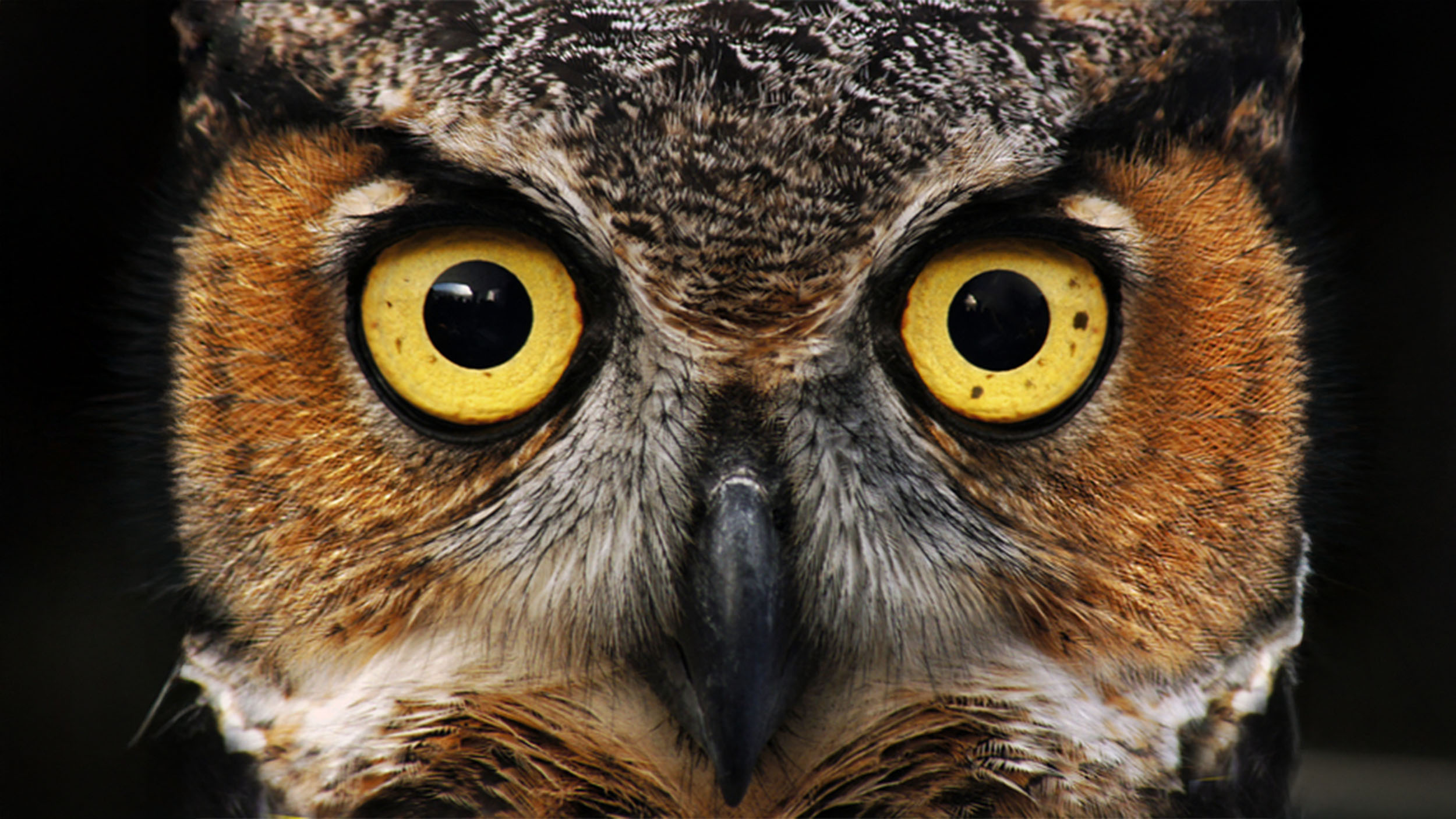
All Owls have preternatural visual acuity, cutting through the waning light of dawn or dusk, and eviscerating the suffocating curtains of night. As mammals, it's difficult to perceive Owls' daily ocular perspective. And rightfully so. They're eyes are far different than ours. Mammalian eyes are "flat" - wider than they are deep. Owl eyes are "tubular" - deeper than they are wide. Imagine sticking two NFL footballs into your eye sockets lengthwise. Those are Owl eyes. This gives Owls far larger retinas that consume immensely greater amounts of light than ours. The result is low light and nighttime vision up to 100 times better than human perception.
However, this seeming superpower comes with a fatal disadvantage courtesy of the modern world. Like most raptors, Owls' eyes are fixed within their sockets. (Hence the reason they can rotate their heads 270 degrees.) Without peripheral vision, they often chase prey across busy highways, only to be killed by vehicles zooming at a perpendicular path.
Help is in our hands.
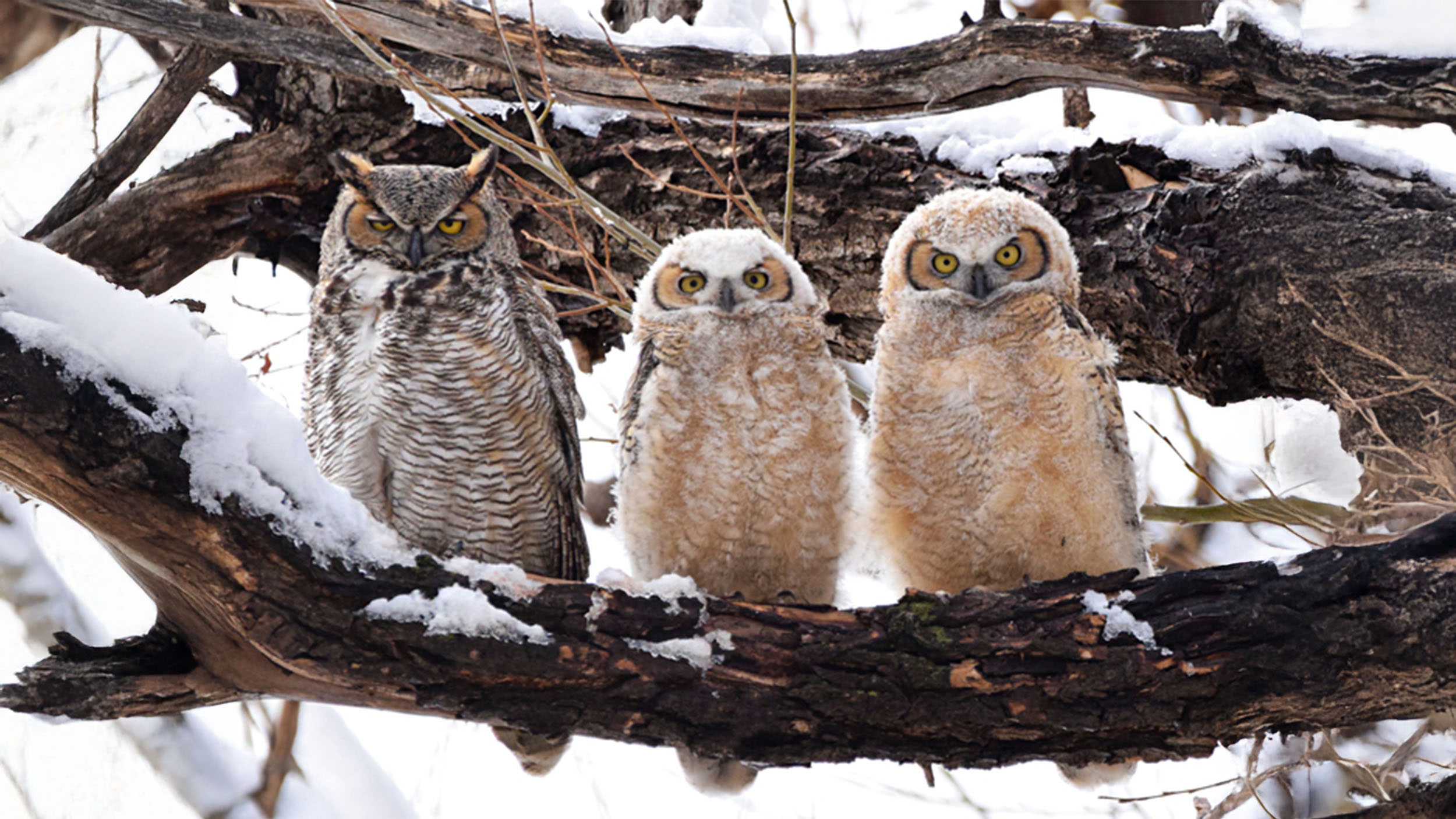
What can you do to help Front Range Owls? The answer is a lot! The first is to donate and/ or get involved with Denver Audubon. Your dollars and time will help others discover the wonder of Owls. And as the mantra goes - the more we love nature, the more we protect it!
You can also make your yard Owl friendly. Birds in general, and Owls specifically, don't like large monomorphic grass lawns. That's because they're ecological deserts. So why not return part - or all - of your lawn to its native botanic roots? It'll attract the rodential food that Owls thrive upon. Also, add an Owl box to your backyard. Many (though by no means all) Owls are cavity nesters. Placing an appropriately sized Owl box in your backyard will not only give them a home, it'll also ensure those rodents you attract through native gardening will never make it into your home!
The allure of off-the-beaten-path travel
Lorem ipsum dolor sit amet, consectetur adipiscing elit ut aliquam, purus sit amet luctus venenatis, lectus magna fringilla urna, porttitor rhoncus dolor purus non enim praesent elementum facilisis leo, vel fringilla est ullamcorper eget nulla facilisi etiam dignissim diam quis enim lobortis scelerisque fermentum dui faucibus in ornare quam viverra orci sagittis eu volutpat odio facilisis mauris sit amet massa vitae tortor.

Unveiling the charm of lesser-known Destinations
Orci sagittis eu volutpat odio facilisis mauris sit amet massa vitae tortor condimentum lacinia quis vel eros donec ac odio tempor orci dapibus ultrices in iaculis nunc sed augue lacus.
- Lorem ipsum dolor sit amet consectetur facilisi etiam dignissim diam quis enim
- Mauris aliquet faucibus iaculis dui vitae ullamco sit amet luctus
- Posuere enim mi pharetra neque proin dic rhoncus dolor purus non enim
- Dui faucibus in ornare posuere enim mi pharetra neque proin dicit
Finding solitude in hidden gem locations
Lorem ipsum dolor sit amet, consectetur adipiscing elit ut aliquam, purus sit amet luctus venenatis, lectus magna fringilla urna, porttitor rhoncus dolor purus non enim praesent elementum facilisis leo, vel fringilla est ullamcorper eget nulla facilisi etiam dignissim diam quis enim lobortis scelerisque fermentum dui faucibus in ornare quam viverra orci sagittis eu volutpat odio facilisis mauris sit amet massa vitae tortor condimentum lacinia quis vel eros donec ac odio tempor orci dapibus ultrices.
The thrill of discovering untouched natural beauty
Dolor sit amet, consectetur adipiscing elit ut aliquam, purus sit amet luctus venenatis, lectus magna fringilla urna, porttitor rhoncus dolor purus non enim praesent elementum facilisis leo, vel fringilla est ullamcorper eget nulla.
- Lorem ipsum dolor sit amet consectetur tempor orci dapibus ultrices
- Mauris aliquet faucibus iaculis dui vitae ullamco elementum facilisis
- Posuere enim mi pharetra neque proin dic fermentum dui faucibus in ornare
- Purus sit amet luctus posuere enim mi pharetra neque proin dic
“Ut enim ad minim veniam, quis nostrud exercitation ullamco laboris nisi ut aliquip ex ea commodo consequat uis aute irure dolor in reprehenderit in voluptate velit”
Exploring cultural marvels off the tourist radar
Donsectetur adipiscing elit ut aliquam, purus sit amet luctus venenatis, lectus magna fringilla urna, porttitor rhoncus dolor purus non enim praesent elementum facilisis leo, vel fringilla est ullamcorper eget nulla facilisi etiam dignissim diam quis enim lobortis scelerisque fermentum dui faucibus in ornare quam viverra orci sagittis eu volutpat odio facilisis mauris sit amet massa vitae tortor condimentum lacinia quis vel eros donec ac odio tempor orci dapibus ultrices in iaculis nunc sed.



